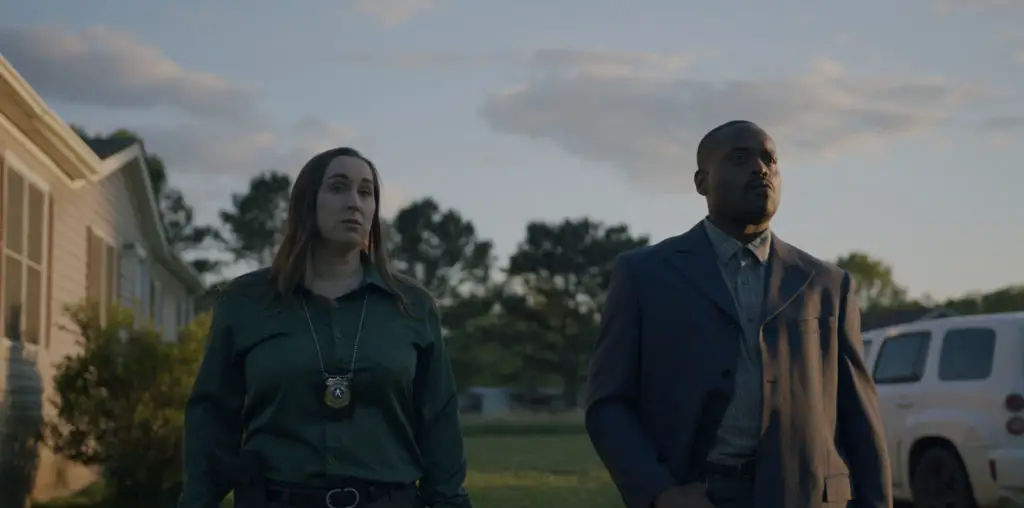
“The Floor of the World” is one of filmmaker Janie Geiser’s mesmerizing and enchanting film collages. Her style is a kind of low tech cinematic puppetry, where cutouts from old magazines, dolls, dials, fragments of found footage, and other odd items are crudely animated, creating surreal, evocative collages which do not directly tell stories, but rather create a ground and setting for a multitude of stories.
Experimental film fans will notice the myriad influences, obviously traveling in both directions, between Geiser’s filmmaking style and that of her husband, Lewis Klahr. At certain moments, it would be easy to mistake a Klahr film for one by Geiser, or vice versa. But a closer examination of their films reveals their completely distinct voices. Their approaches to sound, for example, are quite different. Whereas Klahr often draws inspiration from particular songs, the soundtrack to “The Floor of the World” is a very complex collage of ambient sounds from public spaces such as elevators and subways, with fragments of movie music, sirens, and other noises, in an exquisitely edited sound collage which is the exact aural counterpart to her visual style. The complex counterpoint of these overlapping sounds, juxtaposed to the counterpoint of her overlapping images, creates an extremely rich, and multi-layered experience, always bubbling over with potential meanings.
What meanings? “The Floor of the World” abounds with images of figures underground. These figures are constantly either being dug up or buried. They appear to be traveling over long distances, through underground strata. But there are also images of layers of the upper atmosphere. The sounds of sirens are set against images which suggests nurses and a hospital. Who are these buried figures? Are they suppressed personalities or genders? People one is trying to forget about? Parents?
The idea of hidden figures, constantly emerging and being buried again, is suggestive of multiple human experiences. Geiser’s aim, it seems, is not so much to tell a particular story, but to create a kind of fertile image and sound garden, where the seeds of many, many stories are just sprouting and starting to grow. “The Floor of the World” is not so much a particular story, but a kind of fertile setting, seething with psychic possibilities. The result is a highly poetic cinema, which seems to touch us on many levels, and suggesting a way of living in the world with a lively sense of responsiveness to the images and sounds which surround us.
